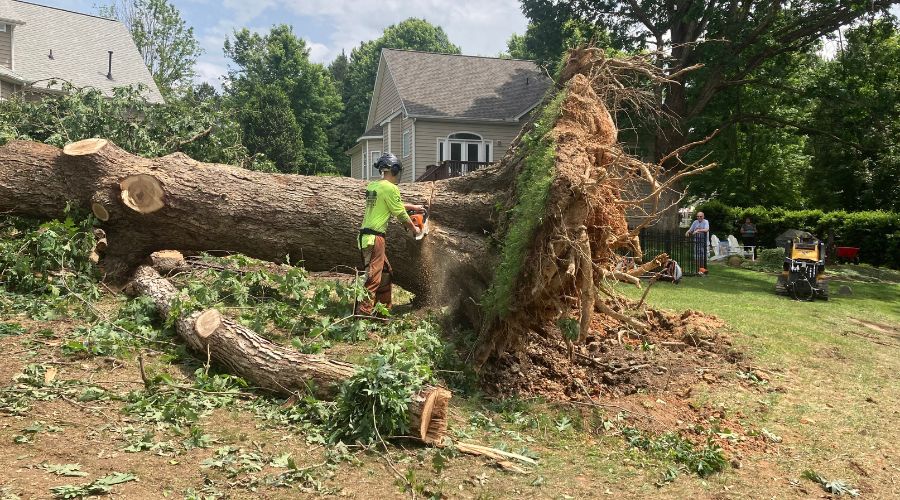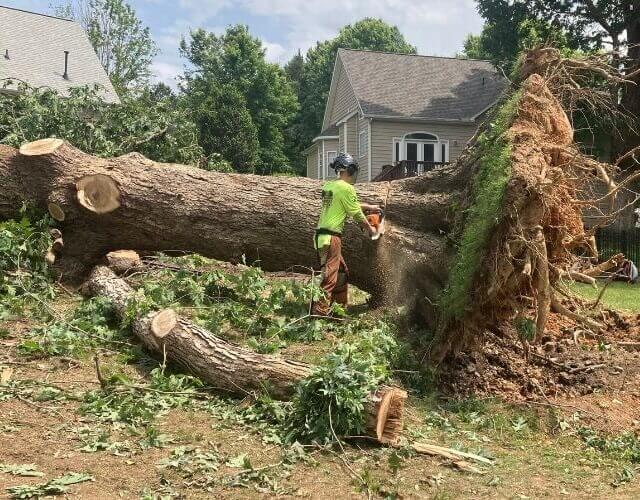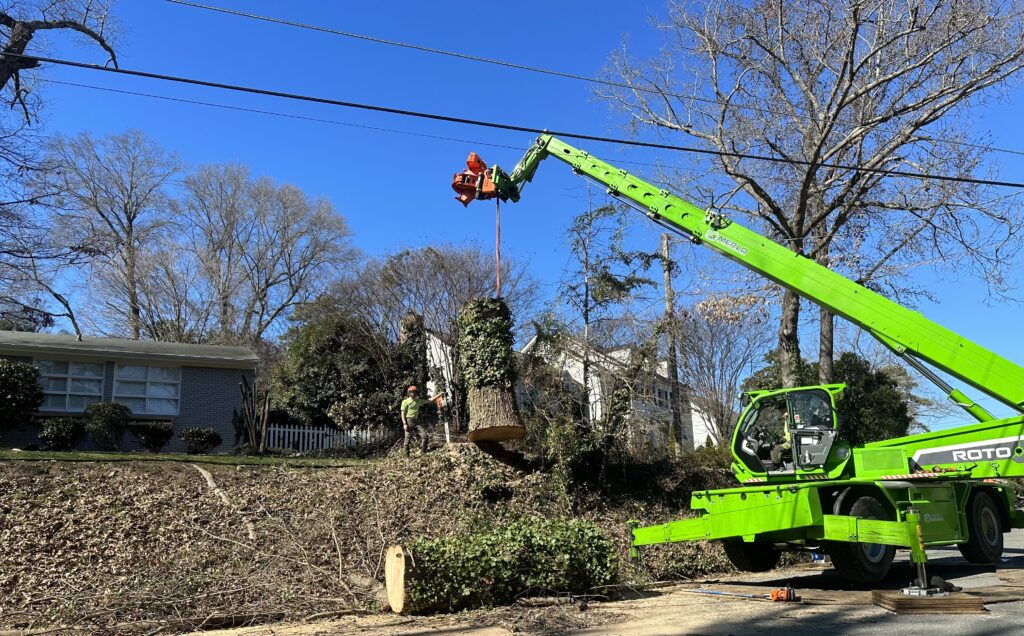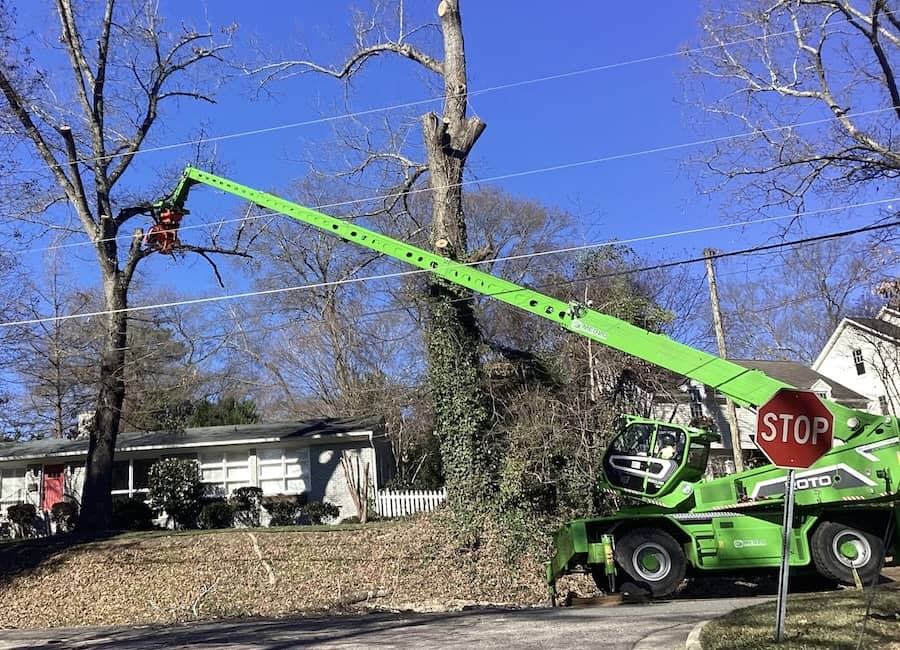Does Homeowners Insurance Cover Tree Removal After a Storm?

After a storm, homeowners often wonder whether their insurance will cover the cost of removing a fallen tree. In most cases, if a tree falls onto your home or other structures (like a fence), homeowners insurance typically covers the cost of removal. However, this coverage often comes with some exclusions, such as stump grinding or tree debris removal. Policies may also have caps on how much they will pay for debris removal. The amount covered depends on your policy, so it’s important to read the fine print. For example, policies might cover the tree removal cost up to a certain limit but won’t pay for the cleanup or stump removal. FEMA Tree Removal Coverage: Does It Cover Tree Removal Costs?…
After a storm, homeowners often wonder whether their insurance will cover the cost of removing a fallen tree. In most cases, if a tree falls onto your home or other structures (like a fence), homeowners insurance typically covers the cost of removal. However, this coverage often comes with some exclusions, such as stump grinding or tree debris removal.
Policies may also have caps on how much they will pay for debris removal.
The amount covered depends on your policy, so it’s important to read the fine print. For example, policies might cover the tree removal cost up to a certain limit but won’t pay for the cleanup or stump removal.
FEMA Tree Removal Coverage: Does It Cover Tree Removal Costs?
In the wake of a disaster, some homeowners may seek assistance from FEMA to help cover tree removal costs.
FEMA typically does not provide direct funding for tree removal, but they do offer disaster relief grants that can sometimes be used for the removal of dangerous trees if the damage is part of a broader disaster recovery.
FEMA’s funding varies depending on the specific disaster declaration and the situation. In some cases, FEMA funds may be available after the removal is completed, but generally, homeowners must first pay for tree removal out of pocket.




